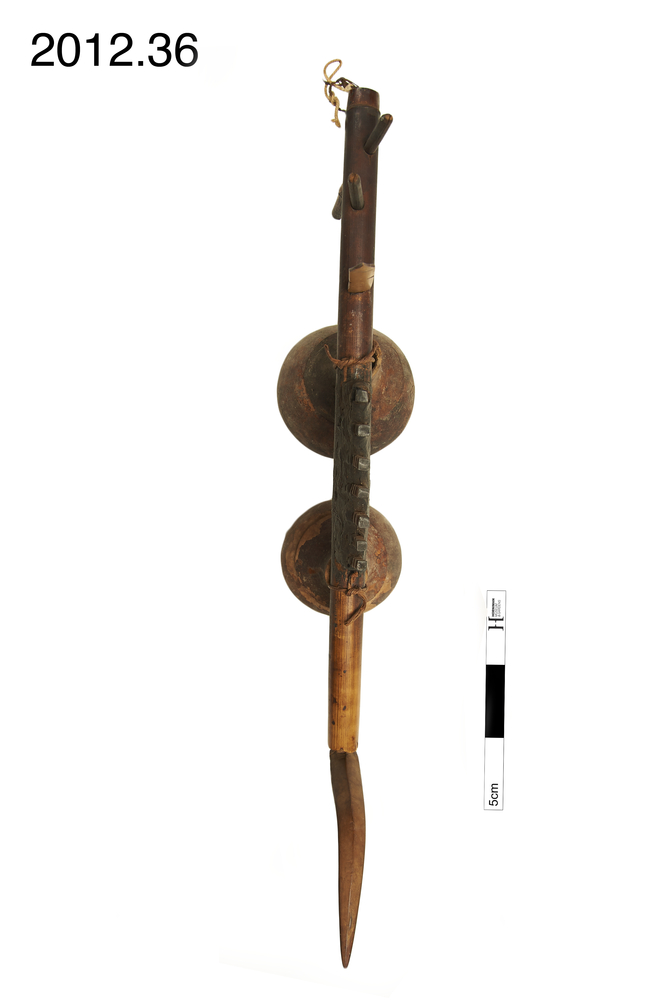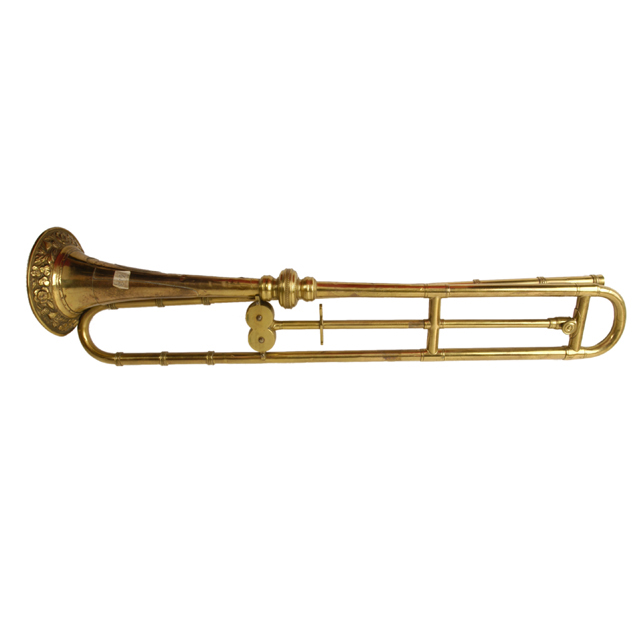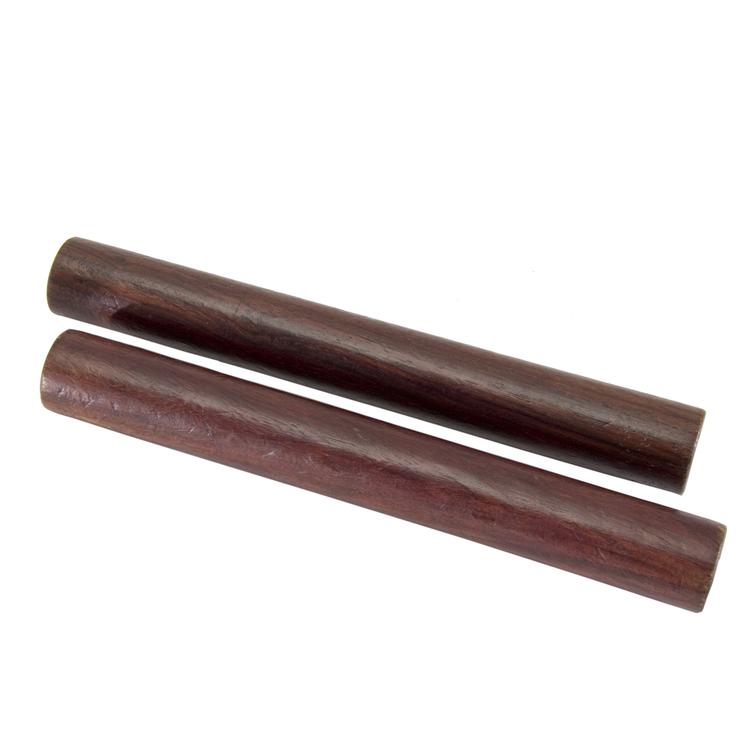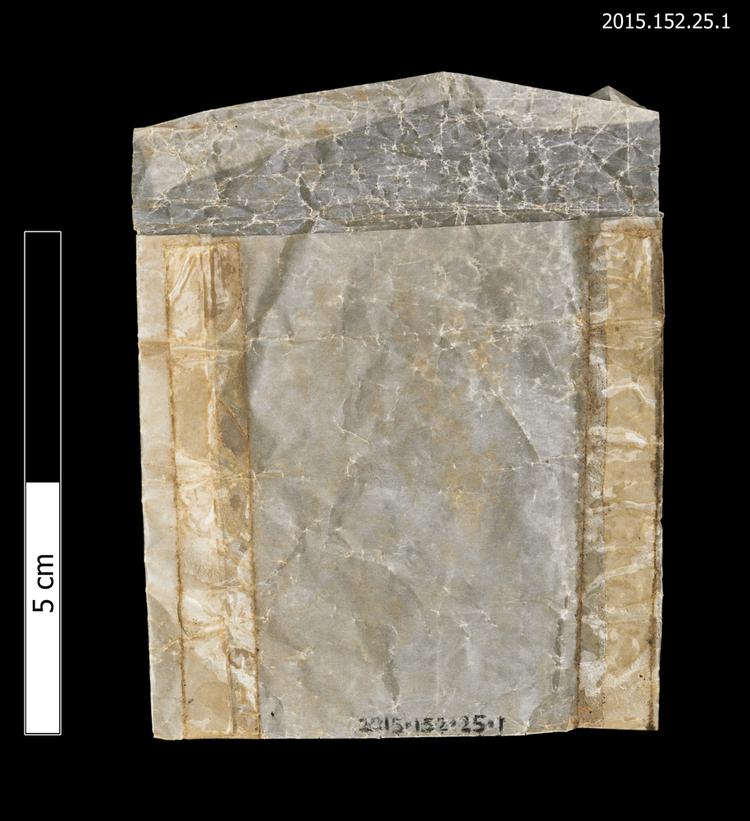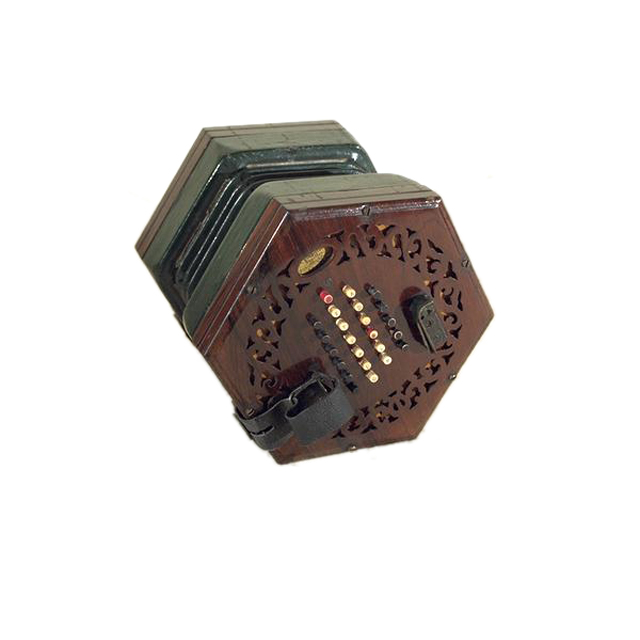
English system concertina. Serial number 4663. Oval paper label: 'By Her Majesty's Letters Patent, C. Wheatstone, Inventor, 20 Conduit St., Regent St., London.' 6.25 inches rosewood ends. Pine backing beneath fretwork with bevelled edges. 48 ivory buttons, black accidentals, stamped with note names. One original green leather strap, one later black leather strap with nickel screws. Five-fold green leather bellows with gold star papers. Round-end brass reeds with circular paper reed pan label. Hexagonal rosewood case.
In 1844, Charles Wheatstone (1802-1875) best known for his work in the field of physics, patented the 48-button English-system concertina. The instrument had already been in production for some years following his 1829 patent for the symphonium, a free reed mouth organ. A bellows-blown model was shown in an illustration accompanying the 1829 patent. Charles Wheatstone's family had been involved in the musical instrument trade for some years, and his brother, William Dolman Wheatstone, joined the firm in 1837. He became its proprietor between 1847 and 1866, when Charles Wheatstone gave up his involvement in the company to concentrate on his scientific work, for which he was knighted and made a Fellow of the Royal Society. The following information is recorded regarding the production of this instrument in the ledgers of the Wheatstone & Co. concertina factory (http://www.horniman.info): 4 Nov 1852: Mr J Higham [£]24.0.0 [for four instruments – he bought 12 in total that day] (C1048, p.6). The concertina is classified according to the system of Hornbostel and Sachs as a 'set of free reeds, with flexible air reservoir and keyboard'.



